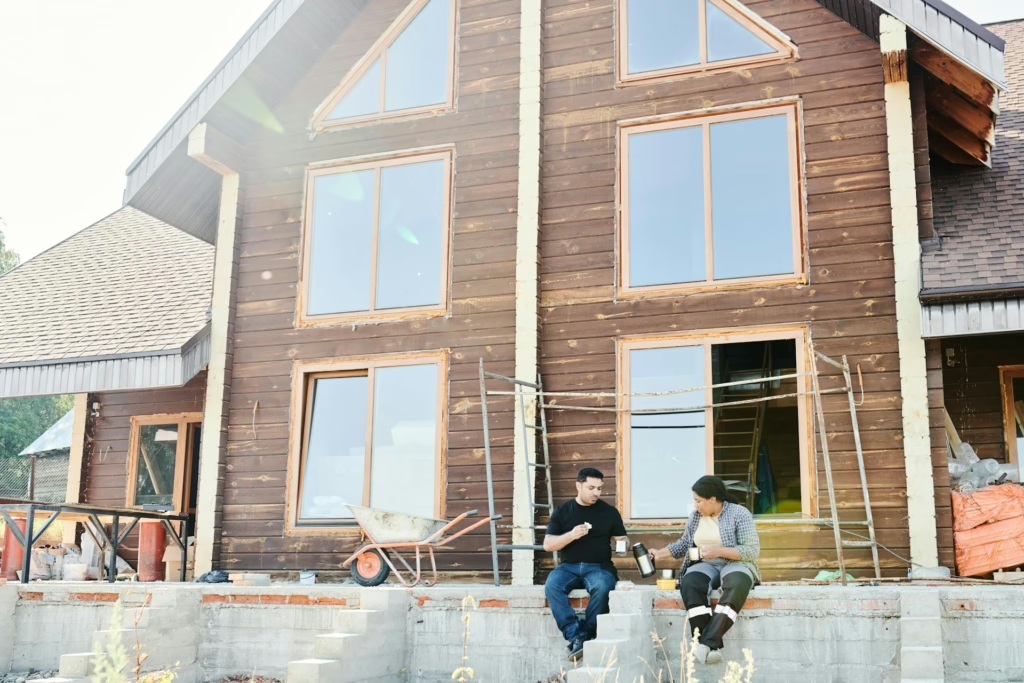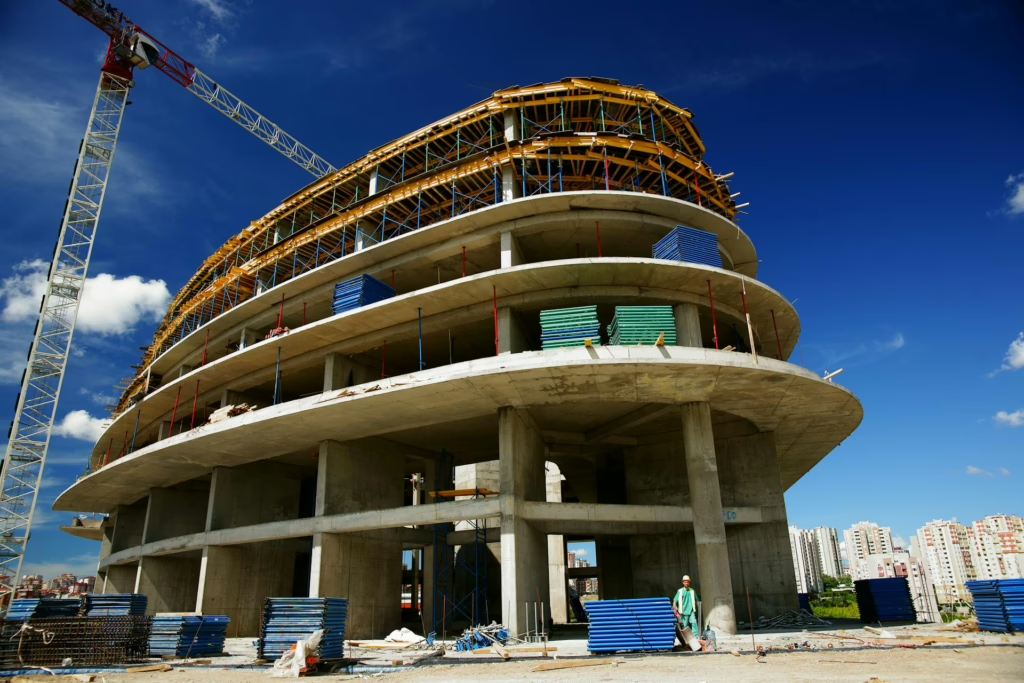The recent imposition of a new tariff on imported construction materials has created significant waves throughout the homebuilding industry. This development has sparked widespread concern among builders and developers regarding potential project delays, escalating costs, and the long-term implications for affordability in the housing market. As construction companies prepare for the impact, industry leaders worry that these changes may hinder their ability to deliver homes on time while threatening to make housing increasingly out of reach for many prospective buyers.
What Is the New Tariff?
The government’s recently implemented tariff policy targets a range of imported materials essential for residential construction, such as lumber, steel, aluminum, and specific finished products, including cabinetry and flooring. These tariffs, which vary from 10% to 50%, aim to bolster domestic manufacturing capabilities and reduce the nation’s dependence on foreign supply chains for critical building materials. However, industry experts warn that this initiative could result in unintended consequences, potentially affecting both builders who rely on stable material costs and homebuyers facing increased prices for new homes.
Higher Costs for Builders
The imposition of tariffs has led to a sharp increase in material costs, creating immediate challenges for builders nationwide. Essential components required for home construction are now significantly more expensive, particularly in regions where domestically produced alternatives are either scarce or priced at a premium. According to the National Association of Home Builders (NAHB), even a slight increase in material costs can profoundly affect the overall price of a home.
A spokesperson from the NAHB highlighted the stakes involved: “For every $1,000 added to the price of a home, thousands of potential buyers find themselves unable to afford it,” they explained. “This tariff could worsen the affordability crisis, pushing homeownership further out of reach for countless Americans.” The ramifications of these rising costs extend beyond mere numbers; they represent real dreams and aspirations at risk of being shattered in a turbulent housing market.

Delays in Construction Projects
Beyond merely inflating costs, the new tariffs can lead to significant delays in construction projects. Builders who rely on imported materials may face prolonged lead times as they navigate the complexities of adjusting their supply chains or scrambling to secure domestic alternatives. For those involved in custom home builds or developments with strict deadlines, such disruptions can put extraordinary pressure on budgets and threaten the timely completion of projects, leaving contractors and clients vulnerable. The ripple effects can result in extended timelines that frustrate stakeholders.
Impact on Home Prices and Affordability
As builders transfer their increased costs to homebuyers, we may see a significant rise in home prices across new construction and resale markets. In areas already grappling with chronic housing shortages and significant affordability challenges, this added financial pressure could further intensify the struggles many prospective homeowners encounter. First-time buyers and lower-income households will likely endure the most from these changes, resulting in reduced demand and falling homeownership rates. The aspiration of owning a home, which has long been a cornerstone of prosperity, may drift further out of reach for many families, making the landscape of homeownership increasingly difficult and unattainable for those who need it most.
Evolving Strategies in the Construction Industry
As the construction landscape undergoes significant transformation, many builders reevaluate their sourcing strategies and dedicate resources to strengthen partnerships with domestic suppliers. This shift aims not only to enhance reliability but also to encourage local economic growth. In an effort to combat rising costs, some builders are exploring alternative materials that offer a balance of durability and affordability.
Additionally, innovative redesigns are emerging, focusing on maximizing functionality while ensuring cost efficiency. A growing trend is reducing square footage and crafting homes that provide comfort without overwhelming financial burdens. Furthermore, the popularity of prefabricated and modular construction is increasing; these methods promise reduced expenses and quicker build times, providing a timely response to the demands of an evolving market. As builders seek creative solutions, the industry may witness a significant paradigm shift in how homes are constructed and delivered.

Expert Predictions: The Long-Term Outlook
As the tariff is implemented to boost domestic production and shield U.S. industries from foreign competition, experts caution that the long-term economic implications could be complex and far-reaching.
According to the National Association of Home Builders, the imposition of tariffs on imported materials acts much like a tax on consumers, significantly raising construction costs. These increasing expenses will ultimately result in higher home prices, complicating access to affordable housing for numerous Americans. Economist Tyler Schipper from the University of St. Thomas expresses a pressing concern, stating, “Even slight increases in material costs can hinder builders’ ability to profitably construct homes within affordable price ranges. This, in turn, directly undermines our efforts to tackle the ongoing housing shortage.”
Compounding these challenges, a recent report from CoreLogic raises alarms about potential supply chain disruptions triggered by the tariffs, suggesting they could ignite additional inflationary pressures within the housing market. Builders may soon face increased competition for domestic materials, which could, in turn, drive up prices even for locally sourced goods. Some analysts adopt a more severe perspective. Economists at Business Insider contend that sweeping tariffs across critical sectors could slow economic growth, stifle investment in construction, and heighten the risk of recession, particularly if retaliatory trade policies are implemented.
On a more optimistic note, some advocates see an opportunity amidst the challenges. They argue that a strengthened domestic manufacturing sector holds the potential to create jobs, enhance supply chain resilience, and contribute to greater long-term stability in construction costs, though this positive change may only become apparent once the initial disruptions have been navigated adequately.
Conclusion
The newly established tariff policy represents a pivotal transformation in the homebuilding industry, reshaping the industry’s dynamics. As builders and stakeholders grapple with rising costs and the unpredictable nature of supply chains, the journey ahead will likely require both innovative solutions and strategic adaptations. Whether these shifts will create a more stable and domestically supported housing market or worsen existing affordability challenges remains to be seen. In this time of uncertainty, builders, buyers, and policymakers steer complex and uncharted territory, approaching each decision with caution and concern. The stakes are high as they strive to balance the urgent need for housing with the realities of a changing economic environment.
